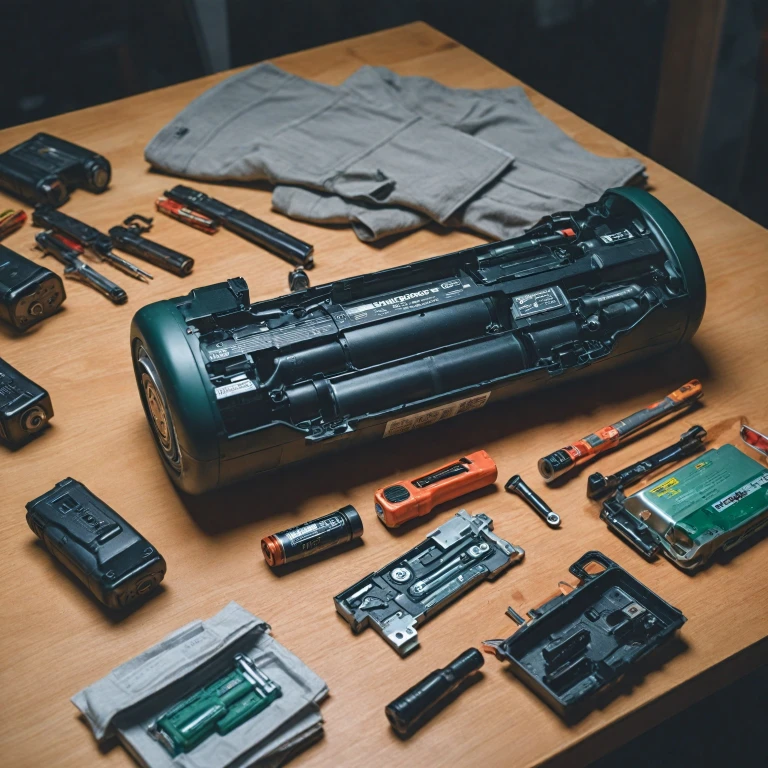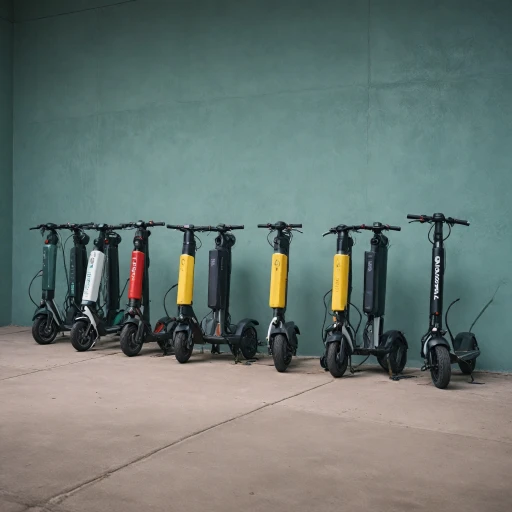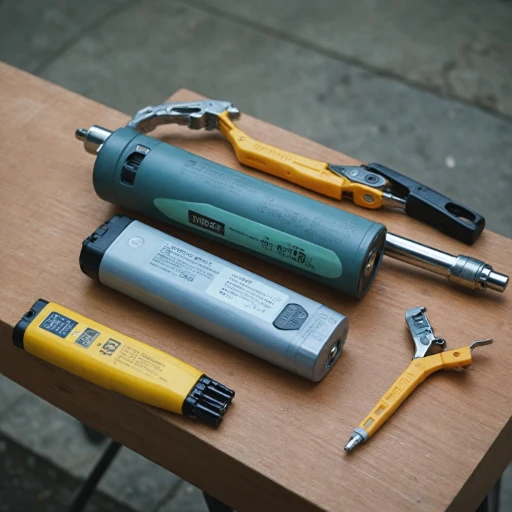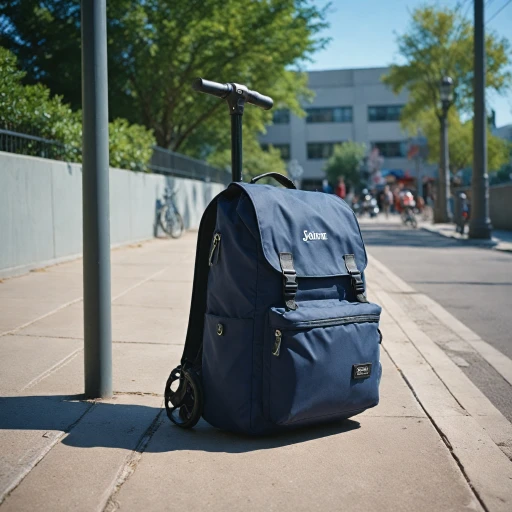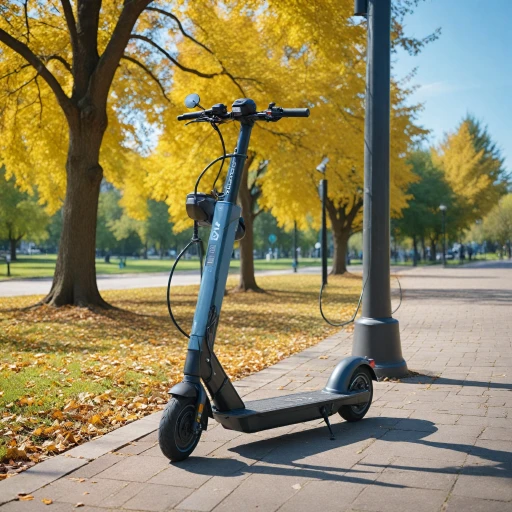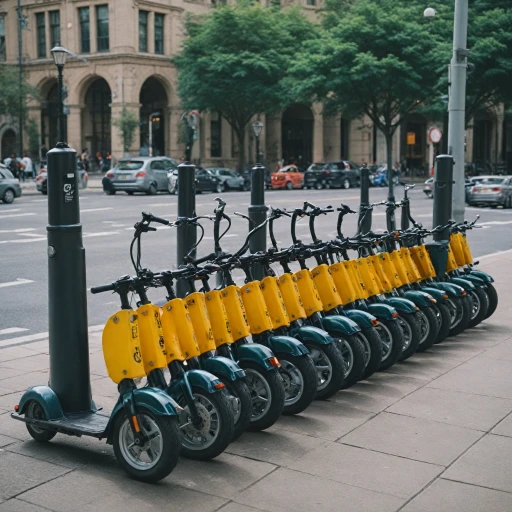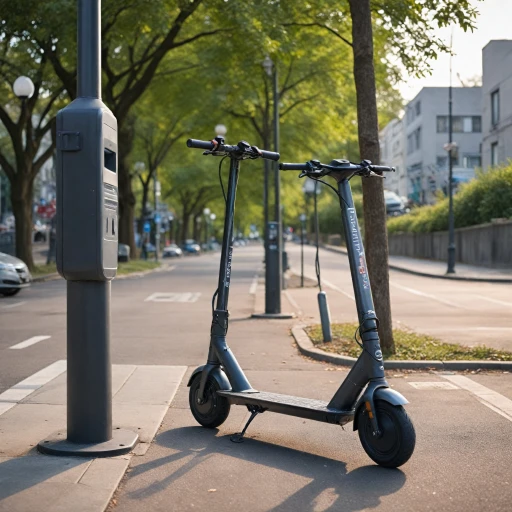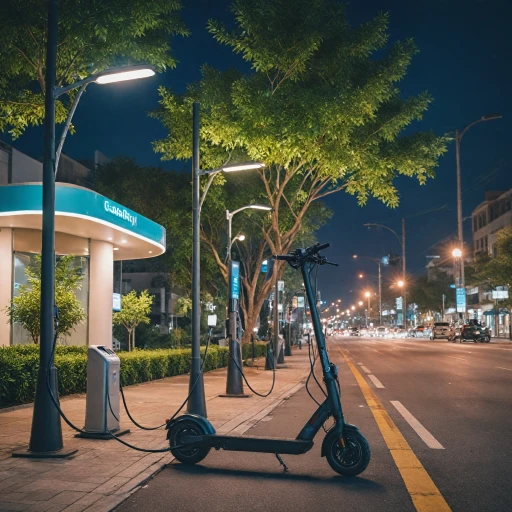
Recognizing When It's Time for a Battery Replacement
Spotting the Signals of Battery Depletion
Recognizing when it’s time for a scooter battery replacement is crucial to maintaining the performance and mobility of your electric scooter. Over time, even the best batteries face wear and tear, affecting the efficiency and lifespan of the scooter. Below are some key indicators that suggest you might need a new scooter battery.- Diminished Range: If you notice that your electric scooter no longer maintains the same range or distance it used to cover on a single charge, this might be a warning sign of battery degradation. A significant drop in range is often one of the first visible signs that your current battery may need a replacement.
- Slow Charging Times: Charging issues, such as unusually long charging durations, can point to a failing battery. Although some variation in charging time is normal, persistent delays could indicate the need for an oem replacement.
- Reduced Speed and Power: A noticeable decline in the speed and power of your electric scooter can also suggest that the batteries are nearing the end of their life. As the battery struggles to provide the required volt of power, the scooter’s performance will be impacted.
- Physical Damage or Leaks: Observe your scooter battery for any physical damage or leaks, which could affect its ability to hold a charge. Battery maintenance includes regularly checking for any visible signs of damage.
Choosing the Right Battery for Your Scooter
Identifying the Appropriate Replacement: A Detailed Guide
When embarking on the journey of battery replacement for your electric scooter, it is crucial to choose a battery that is compatible with your specific model. The market offers a wide range of options, including SLA AGM, lithium-ion, and more. Each variant has its own advantages, so understanding your needs and your scooter's specifications is key.
First, check the original battery specifications. This includes the volt rating, the capacity in amp-hours, and the dimensions. These details ensure that the new battery will fit and function correctly. Many scooter models come with SLA AGM batteries, known as maintenance free options, which are often a popular choice for convenience.
The current price of replacement batteries can vary significantly. While OEM replacements might come at a higher price point, they guarantee compatibility and reliability. Alternatively, brands like AJC battery offer a range of compatible batteries that could be more cost-effective.
- Budget Considerations: Weigh the original price with the current market price to decide if upgrading to a newer technology, like lithium-ion, is worthwhile for long-term savings and efficiency.
- Technology Type: Choose between traditional SLA AGM batteries and newer, potentially more efficient options based on your scooter usage.
Taking the time to research and select the appropriate replacement not only enhances your scooter's mobility but also maximizes your investment. For more insights into exploring battery options, these resources could offer further guidance.
Step-by-Step Guide to Replacing Your Scooter Battery
Your DIY Guide to Switching Scooter Power Packs
For anyone keen on getting their hands a bit dirty, replacing the battery yourself can be both cost-effective and satisfying. Of course, it’s crucial to handle this task with care to avoid any hiccups along the way. Here's a straightforward approach to guide you:- Safety First: Start by turning off your scooter. This precaution helps in preventing any sudden electric shocks or short circuits, especially important if the scooter has a high volt charge.
- Gather the Essentials: You will need basic tools such as screwdrivers and possibly a wrench, depending on your scooter’s design. Don’t forget your replacement battery, which should be a battery compatible with your scooter model. Often, maintenance free SLA AGM types are common in electric scooters.
- Battery Removal: First, locate your scooter's battery compartment. Most electric scooters have a dedicated spot for the battery, making it easy to access. Remove any screws or brackets holding the battery in place. Be sure to disconnect any cables safely.
- Inspect and Clean: Before installing the new battery, check the compartment and clean out any debris or liquid residue like water. This promotes a healthier environment for your battery and ensures longevity.
- Install the New Battery: Place your replacement battery (whether an AJC battery or another OEM replacement) into the compartment. Reconnect the cables and ensure they’re secure but not overly tightened. Reattach any screws or brackets.
- Test Run: Once everything’s back in place, power on your scooter to ensure the battery is functioning correctly. A quick ride will give you a good sense if everything’s in order.
Maximizing Battery Life with Proper Maintenance
Preserving Your Battery’s Longevity
Electric scooter enthusiasts understand the importance of battery maintenance to ensure their mobility remains uninterrupted. To get the most out of your scooter battery, be it an AGM or SLA variant, understanding the right maintenance practices can extend its life and optimize its performance.
Here are some key maintenance tips to maximize your scooter’s battery life:
- Avoid Extreme Temperatures: Just like with many electric and electronic components, keeping your battery in environments that are too hot or too cold can drastically reduce its life expectancy. It's best to store your scooter at room temperature.
- Regular Charging: Don’t let your scooter battery drain completely before charging. Doing so can harm the battery cells and affect its longevity. Regular charging helps in maintaining a healthy charge cycle.
- Use the Correct Charger: Always use the charger recommended by the manufacturer to ensure that the battery is charged at the proper current and voltage levels. Using the wrong charger can lead to reduced efficiency and might even pose safety risks.
- Keep It Clean and Dry: Ensure your battery compartment is free of water and grime. Moisture can corrode battery terminals, impacting both performance and safety. Clean the terminals periodically to ensure an optimal electric connection.
- Checking the Battery’s Performance: Regularly checking the battery’s performance indicators can alert you to potential issues that may require attention. Online resources and reviews can provide information on the expected performance range of your specific model.
Regular battery maintenance not only extends the life of the battery but also ensures you get the most out of your investment. Whether you're using an original or replacement battery, adopting these simple practices can help keep your scooter running smoothly.
Common Mistakes to Avoid During Battery Replacement
Key Pitfalls in Scooter Battery Replacement
When replacing the battery in your electric scooter, several common mistakes can lead to inefficiencies or even safety hazards. Whether you are dealing with SLA AGM or AJC batteries, avoiding these errors can save you both time and money.- Neglecting to Check Battery Compatibility: It's crucial to ensure your new replacement battery is compatible with your scooter's specifications. Many replacement batteries provide details on compatibility, so whether it’s a mobility scooter or a razor electric model, taking note of the battery volt and other specifications, like SLA and AGM standards, can prevent future malfunctions.
- Ignoring the Current Battery Condition: Before proceeding with the battery replacement, thoroughly examine the current battery condition. This can help in understanding whether a replacement is necessary or if the issue is related to other factors, like poor maintenance or a faulty connection.
- Replacing with Low-Quality or Inappropriate Batteries: Opting for batteries based solely on price can lead to subpar performance and reduce the longevity of your scooter. Instead, look for quality replacements with good reviews, possibly marked by stars, that match the original battery's capabilities and technology.
- Failing to Follow Proper Installation Procedures: Each battery type, including AGM and AJC, may have specific installation instructions. Improper installation can lead to immediate failure or damage over time, impacting scooter mobility.
- Skipping New Battery Maintenance: Once the battery replacement is complete, ongoing maintenance is key to maximizing its lifecycle. This includes regular checks and ensuring the water levels in certain models are maintained correctly.
Understanding Battery Recycling and Disposal
Responsible Battery Disposal and Recycling
When it comes to electric scooters, the importance of recycling and proper disposal of batteries cannot be overestimated. As you replace your scooter battery, understanding how to dispose of it environmentally and legally is vital. Here's what you need to know.- Identify the Type of Battery: Electric scooter batteries typically come in various types, such as lithium-ion, AGM, or SLA. Each of these requires different recycling processes. It's essential to know which battery type you have, as this will guide how you recycle it.
- Find a Local Recycling Center: Many local recycling centers accept scooter batteries. It's possible they may not be able to take all types, so it's advisable to check in advance. These centers often recycle the materials, helping to conserve resources and prevent contamination of the environment.
- Check with Retailers: Some retailers offer battery recycling programs. When you purchase a replacement battery, ask if they provide a recycling service for your old battery. Retailers occasionally offer refunds or discounts on new batteries when you return the old ones.
- Community Hazardous Waste Events: Occasionally, local governments organize events for hazardous waste collection. Check community bulletins or local government websites for details on upcoming events in your area.
- Avoid Improper Disposal: Throwing batteries in the trash is illegal in many places due to the toxic metals they contain. Batteries can leak harmful chemicals into the soil and water if disposed of improperly, posing environmental and health risks.
